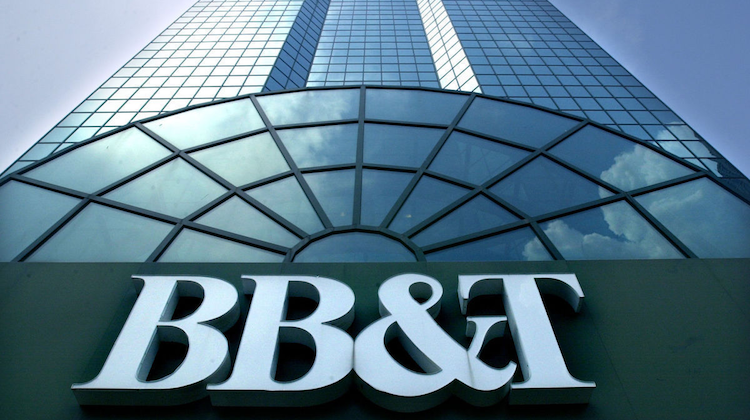The Customer Effect
How BB&T plans to spend that $50 million fintech investment
- BB&T is looking at front- and back-end uses for artificial intelligence and digital payments as part of its fintech investment plans
- The bank is rolling out “voice of the client,” which tracks customers and provides the bank feedback so it can respond to customer challenges








